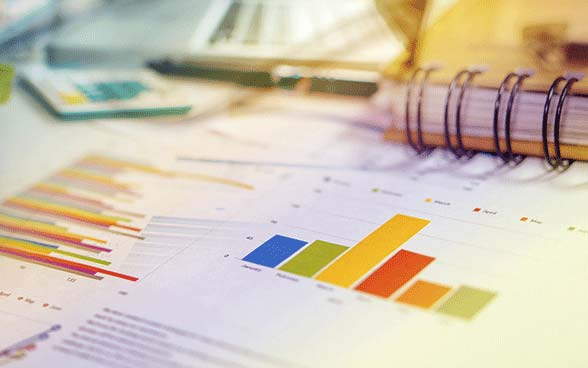Municipal solid waste
The steady growth of the population and increasing prosperity are giving rise to ever more wastes that need to be incinerated or recycled. In recent years, the increase has been limited mainly to waste recycled, while the amount of waste incinerated in waste incineration plants (MWI) has remained stable. The associated energy consumption and pollutant emissions from MWI could be reduced substantially in Switzerland by applying high waste management standards and through technical measures. High quantities of waste are particularly problematic because they are associated with high consumption of resources.
 medium
medium
 positive
positive
The amount of municipal waste in 2023 was 669 kg per person, which is 10 kg more than in the year 2000. The main cause for this is the increased standard of living, which has led to higher consumption and thus to more waste.The increase in the amount of waste has been largely compensated by an improved recycling rate. The share of wastes disposed of in MWIs has even declined slightly in recent years.
The relatively high amount of waste is today no longer a major environmental burden. It does indicate however that the consumption of resources in Switzerland is still very high. For this reason the status is rated as poor. Since a significant decrease would be desirable, the slight decline in wastes disposed of in MWIs must be considered medium.
- Related indicators
- Recycling rate
- Waste incineration
Because municipal solid waste does not always contain exactly the same types of waste (e.g. fuel substitutes in coal-powered power plants) and the survey methods can vary considerably, it is not always possible to make a direct comparison. However it can be said that in general Switzerland has a relatively high per capita proportion of municipal waste that on the one hand is rooted in the high living standard and on the other hand is made visible by the complete and detailed breakdown of many types of waste.
To calculate the total amount of municipal solid waste, the separately collected waste (paper and cardboard, compostable, bio and fermentable waste, glass packaging, aluminium, PET beverage containers, sheet steel packaging, textiles, batteries and electronic scrap) and the incinerated municipal waste are added together. The quantities are calculated as follows: The private collection agencies responsible for the individual separate collections calculate the quantities and report them to the Federal Office for the Environment (FOEN). The FOEN authorises an annual count of beverages and beverage packaging that is carried out by the Swiss Association for environmentally sound beverage containers (SVUG). The figures for biodegradable waste (organic waste, compost, material for anaerobic digestion etc) are based on annual recorded data. The incinerated municipal waste is quantified on delivery to the municipal incineration plant. Generally a distinction is made between deliveries from the municipal waste collection service and private direct deliveries. Projecting from previous experience the share of municipal solid waste can be calculated as follows: total of municipal waste plus 60% of direct deliveries.
| Targeted trend | Initial value | Final value | Variation in % | Observed trend | Assessment |
|---|---|---|---|---|---|
| Decrease | Average 2004-2006 | Average 2021-2023 | -3.84% | Decrease | positive |
| Basis: Municipal solid waste incinerated and landfilled per capita* | |||||
Further information







